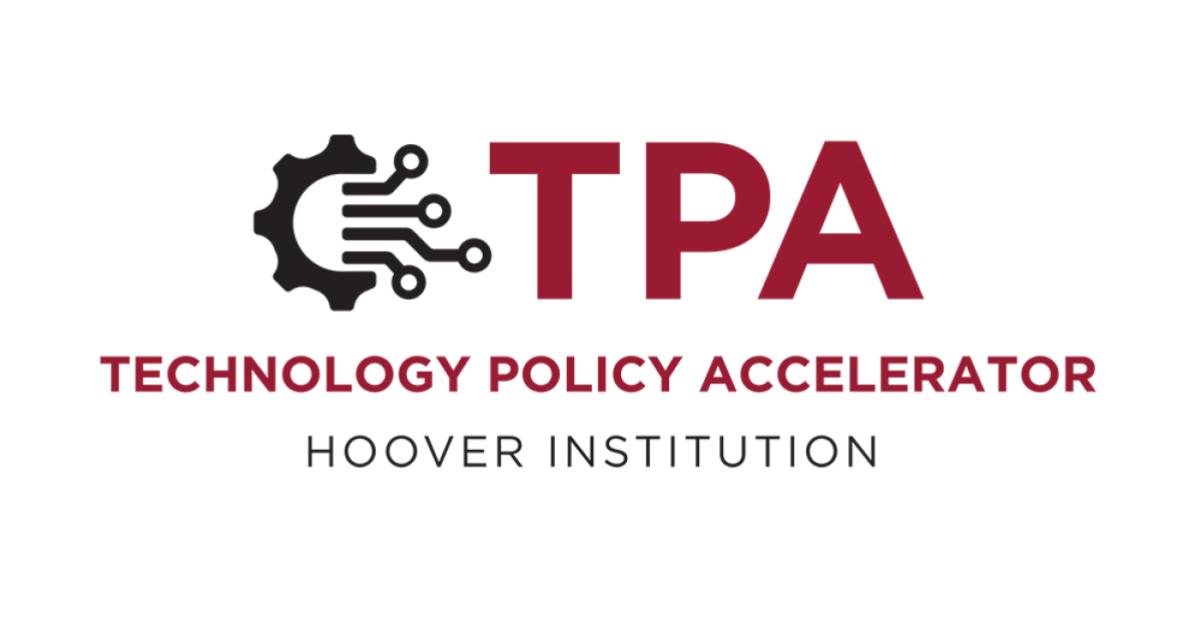Insights from the Technology Policy Accelerator: A Look into Frontier Technologies

In the latest edition of the Technology Policy Accelerator newsletter, experts from the Hoover Institution delve into the complex economic and social ramifications of frontier technologies. This issue features analysis from notable scholars including Amy Zegart, who investigates the training and backgrounds of AI researchers that played a pivotal role in elevating Chinas DeepSeek to a global leader in artificial intelligence. Zegart's findings reveal that most of these researchers are fundamentally homegrown, raising significant implications for the global tech landscape.
In a comprehensive analysis, Zegart highlights that of the 201 DeepSeek researchers whose prior affiliations were traceable, a staggering 171 were linked to Chinese universities or associated research institutions. In stark contrast, only 15 were connected to institutions in the United States. Moreover, among the 49 researchers who had held positions in the U.S. at any time in their careers, most spent a mere year or less stateside. "Most of DeepSeeks researchers are not being trained in the United States, and those who are trained here are not retained. Instead, they are passing through," Zegart and her coauthor Emerson Johnston articulate. This troubling trend not only underscores the need for the U.S. to bolster its own technology workforce but also points to a growing challenge in maintaining national security, particularly in the critical realms of cybersecurity and technological innovation.
Another significant piece in this edition is penned by Distinguished Research Fellow Dan Berkenstock and coauthor Jon Chung, who explore how venture capital can expedite the deployment and enhancement of advanced defense technologies. They argue that the traditional defense procurement processes are often too sluggish to keep pace with rapid technological changes. By harnessing venture capital, Berkenstock and Chung contend that the defense sector could more swiftly adapt and incorporate cutting-edge technologies developed in the private sector, thereby enhancing overall military capabilities and readiness. They propose that the effectiveness of a nontraditional defense industrial base should be evaluated based on the number of new operational capabilities made available to warfighters. To this end, they recommend modest adjustments to the Department of Defenses innovation funding programs to better align government awards with typical venture capital fundraising cycles.
The newsletter also presents a fascinating episode of The Interconnect podcast, cohosted by the Stanford Emerging Technology Review and the Council on Foreign Relations (CFR). In this episode, Hoover fellows Amy Zegart and Herb Lin join CFRs Adam Segal and Kat Duffy to discuss the interplay of frontier technologies and their geopolitical consequences. The group examines how the various advancements in technology converge to benefit society, using the example of the reusable SpaceX Falcon 9 rocket. Lin highlights, "Small incremental advances in a variety of technologies have all come together now so that we can integrate these into a functional reusable rocket booster, and that is, of course, the key to reducing costs." Zegart emphasizes that the competition is not merely about which firm can deliver a usable product first, but rather, about the widespread deployment of such technologies. "You could be first to innovate but slow on the deployment side, and its the deployment that may make the difference," she notes.
In a separate yet equally compelling discussion, former Secretary of State Condoleezza Rice underlines the importance of winning the race in emerging technologies. During her visit to the State Department in Washington, D.C., Rice made a strong case for democracies to excel in vital fields such as artificial intelligence and space exploration. "We have to win this race," she asserted, warning against allowing authoritarian regimes to dominate transformative technologies. Accompanying her were several contributors to the Stanford Emerging Technology Review, including Amy Zegart, Allison Okamura, and Herb Lin.
Additionally, Science Fellow Allison Okamura shared insights regarding her work on 'soft robots' designed to serve as delicate in-home caregivers. In an enlightening interview featured in Defining Ideas, she advocates for a shift in robotics from heavy, rigid models, typically used in manufacturing, to softer, more dexterous materials that ensure safety in human interactions. Okamura emphasizes the potential for robots to assist individuals in aging independently, maintaining their privacy and dignity, while also filling essential roles in caregiving. Robotics is among the ten frontier technologies explored in the 2025 edition of the Stanford Emerging Technology Review report.
In a related announcement, Kang Shen, a contributor to the Stanford Emerging Technology Review and Director of Stanfords Wu Tsai Neurosciences Institute, was honored as one of the seven Stanford faculty members elected to the American Academy of Arts and Sciences on April 23, 2025. Neural science constitutes one of the ten fields reflected in the upcoming review.
About the Technology Policy Accelerator: The Hoover Institutions Technology Policy Accelerator is dedicated to conducting research and providing insights that empower government and business leaders to better navigate the complexities of emerging technologies and their geopolitical implications, enabling them to seize opportunities, mitigate risks, and advance American interests.
About The Stanford Emerging Technology Review: A product of a significant educational initiative at Stanford, the Stanford Emerging Technology Review serves as an essential guide for both public and private sectors in understanding transformational technologies, aiming to ensure the United States remains at the forefront of innovation.


























